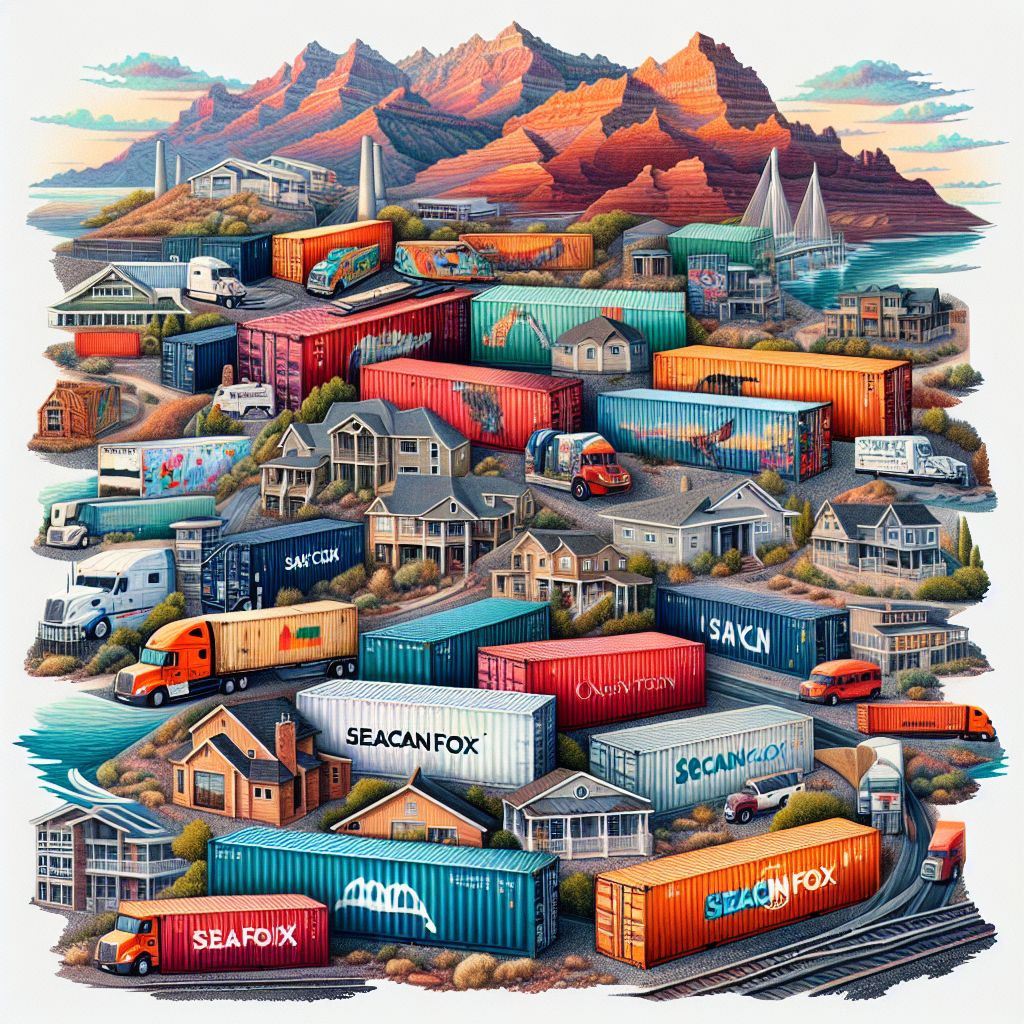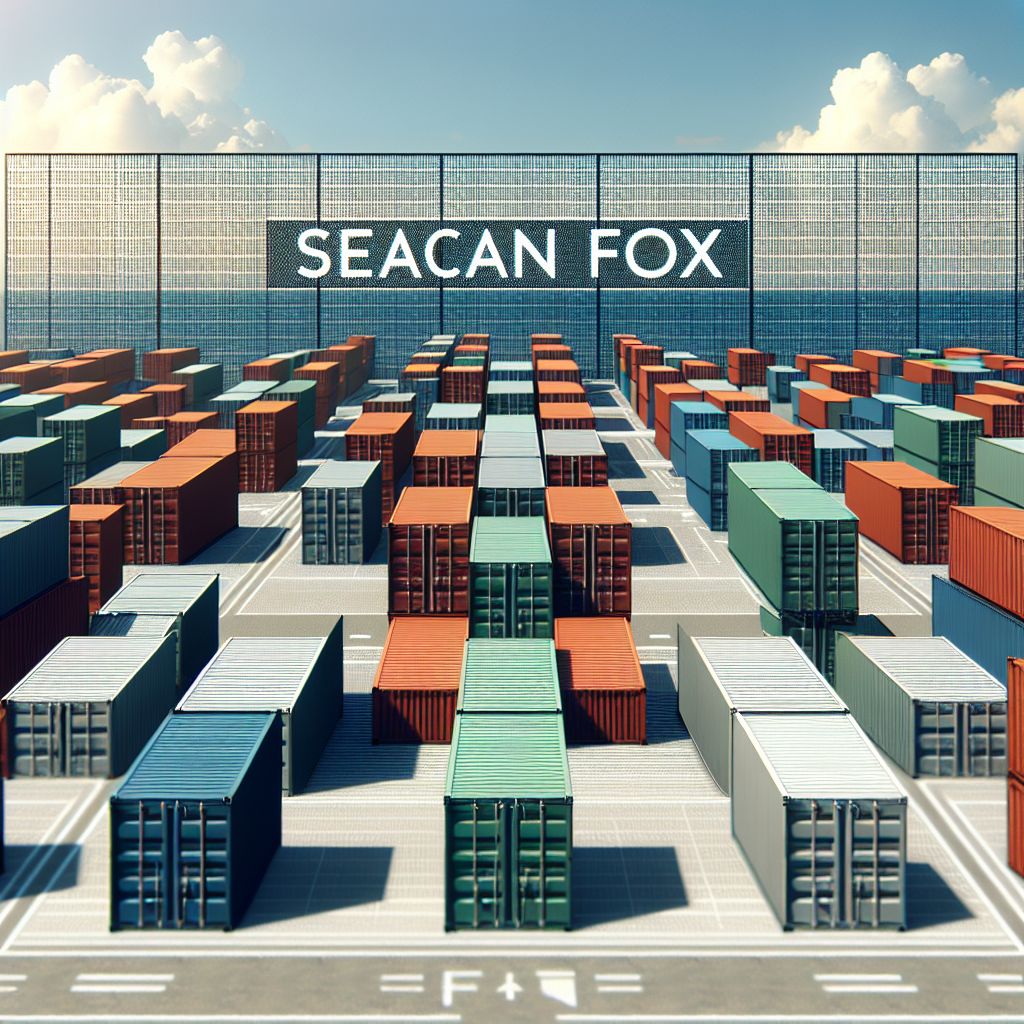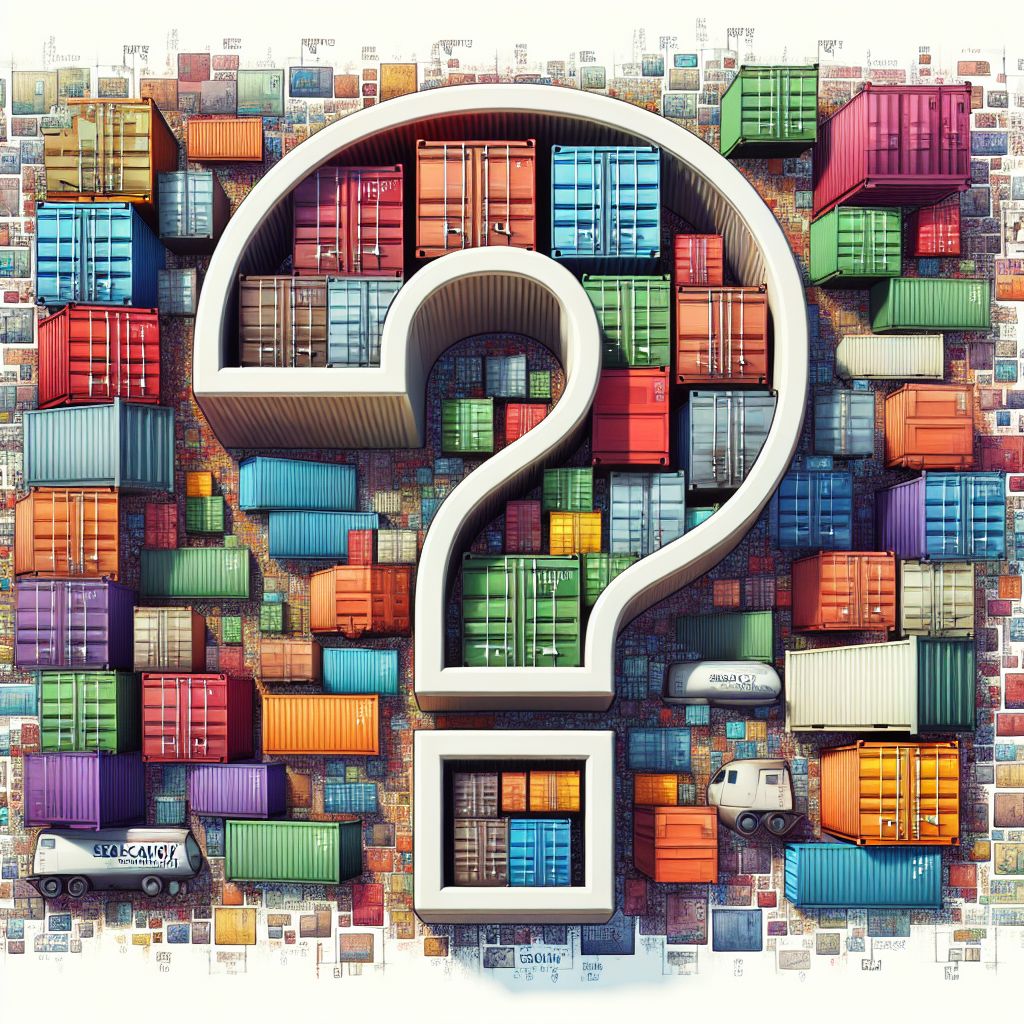
Key Takeaways
- 20ft containers are perfect for small storage needs in Utah and cost from $500.
- 40ft containers offer a balance of space and manageability for various uses.
- Container conditions range from new to wind and water tight, affecting price.
- Prices vary widely, with new containers costing more than used ones.
- Understanding local delivery and setup fees is crucial for budgeting.
Your Go-To Guide for Finding the Right Shipping Container in Utah
Choosing the right shipping container involves understanding sizes, assessing conditions, and knowing the costs involved. Whether you’re a first-time buyer or looking to expand your collection, this guide will provide the information you need to make an informed decision.
Popular Sizes and Their Ideal Uses
Shipping containers come in a variety of sizes, each suited to different needs. In
My Favorite Container Homes Resource
I compared the top 3 Container Home Guides
to discover the ultimate resource!
See my top recommendation here
Assessing Container Conditions: What to Look For
The condition of a shipping container can greatly impact its usability and price. New containers, often referred to as ‘one-trip’ containers, are in pristine condition but come with a higher price tag. On the other hand, used containers can offer significant savings, though it’s important to inspect them for structural integrity.
Cost Considerations: Price Ranges You Can Expect
Cost is a major factor in the decision to purchase a shipping container. In Utah, prices can range from a few thousand dollars for a used 20ft container to much higher for a new, specialized model. Be sure to consider the long-term value and potential resale value when making your purchase.
Sizing Up Your Options
Compact 20-Footers: Perfect for Personal Projects
For those with limited space or smaller scale storage needs, a 20ft container is an ideal choice. It’s small enough to fit in a standard driveway, yet offers ample room for tools, equipment, or personal items. This size is also easier to transport and set up, making it a convenient option for those on the move.
The Versatile 40-Foot Standard: From Storage to Construction
If you need more room, a 40ft container doubles the capacity of its smaller counterpart. It’s a popular choice for construction sites, large-scale storage, and even commercial use. The standard 40ft container is also the most common choice for modifications, such as mobile offices or pop-up shops.
The Jumbo 53-Foot Container: When You Need the Biggest
For those with substantial storage needs or large-scale projects, the 53-foot container is the ultimate solution. It’s the largest standard size available and is commonly used for shipping domestically across the United States. With its significant volume, it’s ideal for businesses requiring a portable warehouse or for individuals looking to construct spacious container homes.
Keep in mind, though, due to its size, the 53-foot container may require special considerations for delivery and placement. Always check local regulations and ensure you have the necessary space to accommodate such a large unit.

Condition is Key
The condition of a shipping container is crucial to its functionality and longevity. It’s not just about aesthetics; it’s about ensuring the integrity of the container for your intended use. Whether you’re storing valuable equipment or creating a habitable space, the container’s condition will directly impact its performance.
New vs. Used: Weighing the Pros and Cons
When you’re in the market for a shipping container, you’ll have to choose between new and used. New containers, often called ‘one-trip’ containers, have only been used once to transport goods and are virtually damage-free. They are the best choice if you need a container in mint condition, without dents or rust. However, they come at a premium.
Used containers can be a more affordable option, but they vary in condition. They might have been through years of shipping and handling, so it’s essential to inspect them for any damage that could affect their structural integrity or cause leaks. They’re a smart choice if you’re on a budget and willing to put in some work to refurbish them if necessary.
Grading the Grades: Understanding Condition Ratings
Shipping containers are typically classified into categories based on their condition. ‘Cargo-worthy’ means the container is suitable for ocean transport and has a valid CSC (Convention for Safe Containers) plate. ‘Wind and water tight’ (WWT) containers are not necessarily cargo-worthy but are suitable for storage as they are sealed against the elements. ‘As-is’ containers are the most affordable but may require repairs. For more details on container conditions, you can visit Utah Container & Tank.
It’s important to choose a container grade that matches your needs. If you’re storing sensitive materials or building a living space, opt for cargo-worthy or WWT. For less critical uses, an ‘as-is’ container might suffice.
Inspection Tips Before You Buy
Before you purchase a used container, it’s essential to conduct a thorough inspection. Look for signs of rust, especially at the corners and seams, which could indicate potential leaks. Check the doors to ensure they open and close properly. Inspect the interior for any holes or light entering the container, which would compromise its weatherproofing.
Don’t hesitate to climb on top of the container to inspect the roof, a common area for damage. If possible, bring along someone experienced with Utah Shipping Containers or hire a professional inspector to ensure you’re making a sound investment.
Costs: Investing Wisely
Understanding the costs associated with purchasing a shipping container will help you budget effectively and avoid any surprises. The price of the container itself is just the beginning; you’ll also need to consider delivery fees, any necessary modifications, and maintenance costs.
Pricing Out New Containers: How Much Should You Budget?
For a new shipping container in Utah, expect to budget anywhere from $3,000 for a basic 20-foot container to over $8,000 for a new 40-foot high cube. The 53-foot containers, due to their size and utility, can be significantly more expensive. Remember, the cost of new containers includes the peace of mind that comes with a pristine, problem-free unit.
When budgeting, don’t forget to account for sales tax and delivery fees, which can vary depending on your location within Utah and the distance from the supplier’s depot.
Getting Value for Money with Used Containers
Used containers offer an excellent opportunity to save money, but prices can vary widely based on condition and age. You might find a used 20-foot container for as little as $1,500 or a 40-foot container for around $2,500. However, prices can rise if the container is in particularly good condition or has been refurbished.
Always compare prices from different suppliers and don’t be afraid to negotiate. Remember, the sticker price isn’t the final cost; delivery and any modifications you plan to make will add to your total investment.
Delivery and Setup: Additional Expenses to Consider
Once you’ve chosen your container, getting it to your location is the next step. Delivery costs can be a game-changer, especially in a state as large as Utah. If you’re close to the seller’s lot, you might get a break on delivery fees. However, if you’re located in a remote area, be prepared for higher costs due to the distance and difficulty of delivery.
Setup is another factor to consider. Will you need a crane or other equipment to place your container? This can add hundreds, if not thousands, to your total cost. Make sure you discuss these details with your supplier beforehand to avoid any unexpected charges.
Utah Shipping Containers for Sale Summary:
| Size | Condition | Cost |
|---|---|---|
| 20ft Standard | New (One-Trip) | $7,249 – $7,499 |
| Cargo-Worthy Used | $500 – $3,500 | |
| Wind and Water Tight (WWT) | $500 – $3,500 | |
| 40ft Standard | New | Up to $22,995 |
| Cargo-Worthy Used | $1,000 – $4,000 | |
| 40ft High Cube | New | Up to $34,999 (Reefers) |
| Cargo-Worthy Used | $2,000 – $6,000 | |
| Cargo-Worthy Working Reefer | $15,999 | |
| Wind and Water Tight (WWT) | $3,799 – $3,999 | |
| Wind and Water Tight Non-Working Reefer | $10,999 | |
| 45ft High Cube | Cargo-Worthy Used | $4,999 |
| 53ft | New | $22,995 |
| Wind and Water Tight (WWT) | $9,199 |
References:
https://www.aaamobilestorageut.com
https://www.conexdepot.com/shipping-containers-for-sale-salt-lake-city/
https://westerncontainersales.com/shipping-container-for-sale/salt-lake-city-ut/

FAQ for Shipping Containers Sales in Utah
What Are the Advantages of Purchasing a Shipping Container Locally?
Buying locally can save you money on delivery fees and support the local economy. You’ll also have the opportunity to inspect the container in person before making a purchase. Plus, local suppliers may offer better after-sales service because they’re just around the corner if you need assistance.
Is It Worth Investing in a New Container Versus a Used One?
Investing in a new container is worth considering if you require a pristine condition for your project or if you plan to modify it for living space. However, if you’re looking for storage or a project that doesn’t require a spotless appearance, a used container can provide excellent value for your money.
Most importantly, think about the container’s intended use and how long you need it. For short-term use, renting might be more cost-effective, whereas buying a new or used container is better for long-term applications.
How Much Will I Typically Spend on a Shipping Container in Utah?
Costs vary depending on size, condition, and the current market. For a rough estimate, you might spend around $2,000-$5,000 for a used 20ft container and $3,500-$7,000 for a used 40ft one. New containers will generally cost at least a couple thousand dollars more. Remember, these prices don’t include delivery or any modifications you may want.
What Should I Inspect When My Container is Delivered?
Upon delivery, inspect the container for any damage that wasn’t disclosed, make sure it’s the correct size and type, and check that the doors function properly. Look inside for signs of leaks or daylight coming through cracks. If everything checks out, you’re ready to start your new project!
Are There Different Prices for Different Conditions of Containers?
Absolutely. New containers will cost more than used ones, and the price of used containers can vary widely based on their condition. Cargo-worthy containers will be more expensive than WWT or ‘as-is’ containers. Always balance the initial cost against the potential need for repairs or maintenance.






Leave a Reply